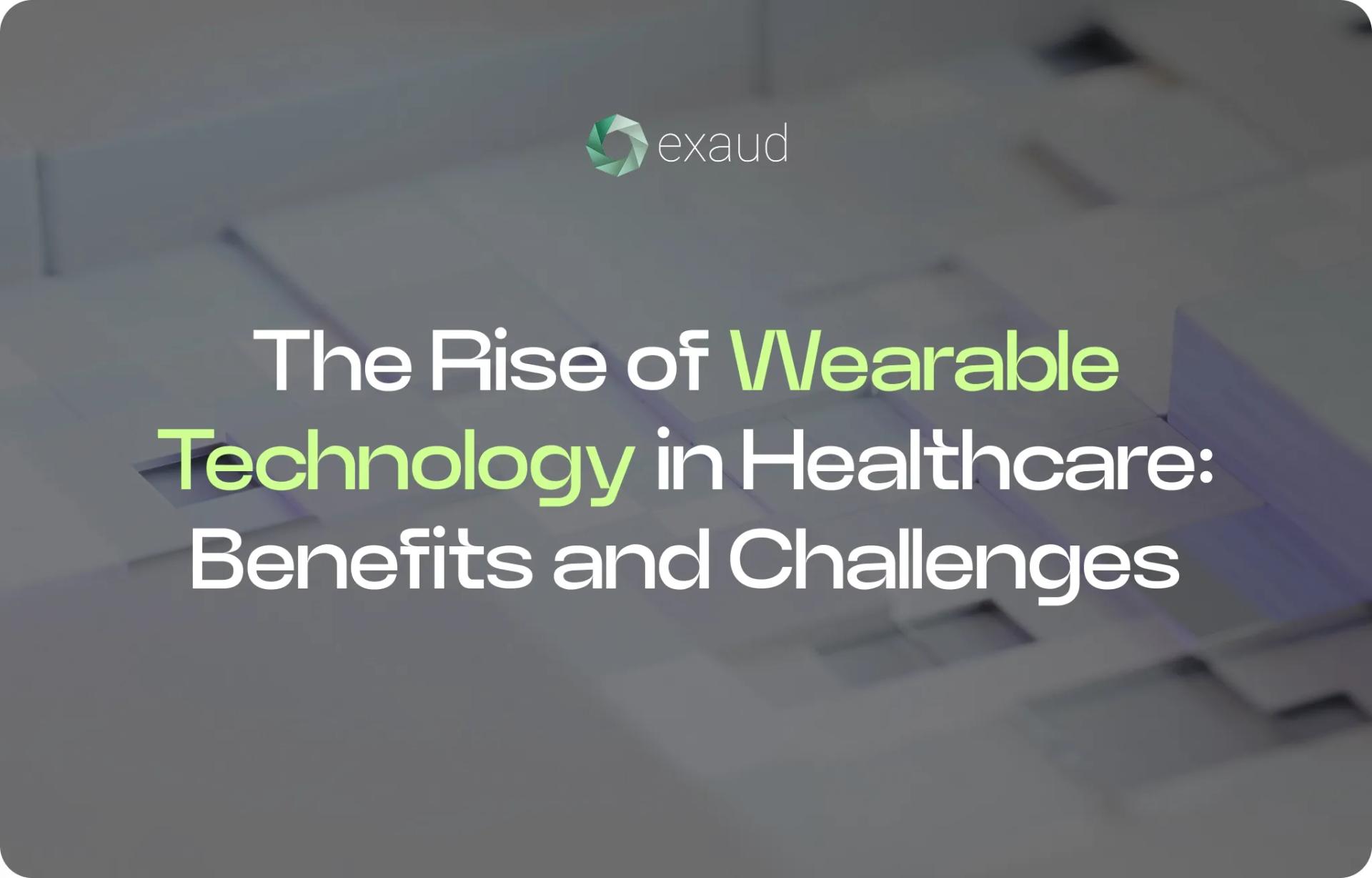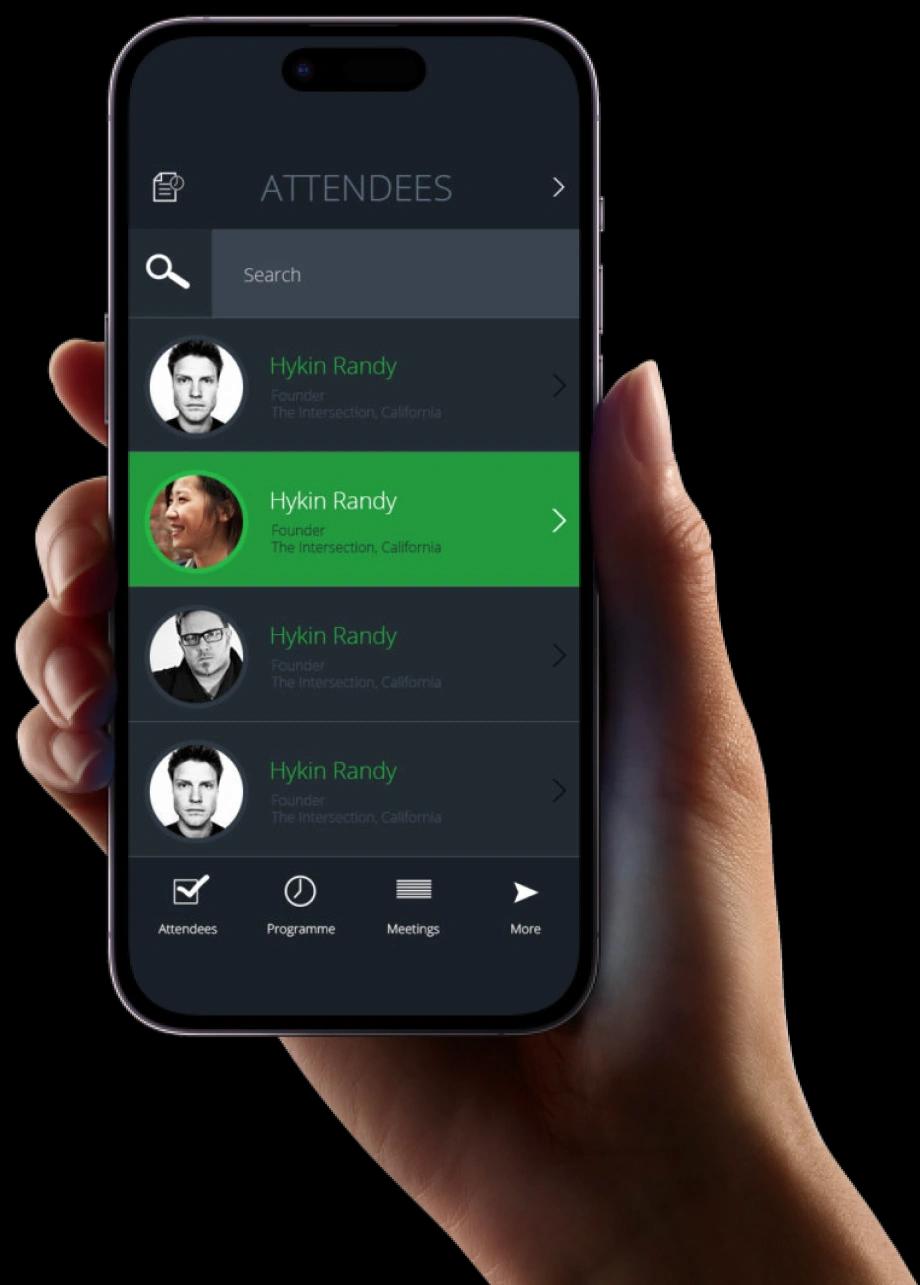Exaud Blog
Blog

The Rise of Wearable Technology in Healthcare: Benefits and Challenges
Uncover how wearable technology is transforming healthcare. Dive into its benefits, challenges, and what the future holds for this innovation.Posted onby
Wearable technology is rapidly gaining ground in the healthcare industry, revolutionizing how patients manage their health and how medical professionals monitor and diagnose conditions. From fitness trackers and smartwatches to advanced medical devices like wearable ECG monitors, these technologies are providing real-time data that can improve patient outcomes and streamline healthcare delivery.
In this article, we will explore the benefits and challenges of wearable technology in healthcare, examining its impact on patient care, medical practices, and the healthcare system as a whole.
What Is Wearable Technology in Healthcare?
Wearable technology refers to devices that can be worn on the body to collect, monitor, and transmit data about an individual's health. These devices often connect to smartphones or other devices, providing real-time data that can be analyzed by both patients and healthcare professionals.
In healthcare, wearables include items like smartwatches, fitness trackers, heart rate monitors, sleep trackers, and even more specialized medical devices such as continuous glucose monitors (CGMs) and wearable ECG monitors. These devices provide a continuous stream of data, offering insights into a person’s overall health and well-being.
For businesses interested in creating custom wearable solutions, our article on Custom Software Development can provide valuable insights into tailoring these technologies to meet specific healthcare needs.
Benefits of Wearable Technology in Healthcare
1. Real-Time Health Monitoring
One of the primary benefits of wearable technology is its ability to provide real-time health data. Wearables track a wide range of metrics, such as heart rate, steps taken, calories burned, sleep patterns, and more. This continuous monitoring allows healthcare providers to keep a close eye on their patients' conditions, especially for those with chronic illnesses or undergoing long-term treatments.
For example, a smartwatch that tracks heart rate and physical activity can alert a healthcare provider if a patient’s heart rate becomes irregular, allowing for quick intervention before a potentially serious issue arises.
2. Early Detection of Health Issues
Wearable devices can help detect health issues at an early stage, often before symptoms are noticeable. For example, a wearable ECG monitor can detect irregular heart rhythms, potentially catching signs of arrhythmias, a condition that can lead to more severe heart problems if not addressed early.
The ability to monitor critical metrics such as blood pressure, glucose levels, and oxygen saturation in real-time can lead to earlier diagnoses and better management of conditions like diabetes, hypertension, and cardiovascular disease.
3. Increased Patient Engagement
Wearable technology empowers patients by giving them direct access to their health data. This increased access can lead to greater patient engagement, as individuals can monitor their progress, track their health goals, and make informed decisions about their lifestyle and care.
For example, a patient using a fitness tracker may be more motivated to engage in physical activity if they can directly monitor their activity levels and see improvements over time. This empowerment is especially valuable in managing chronic conditions like diabetes, where lifestyle changes are essential for maintaining good health.
4. Reduced Healthcare Costs
By providing continuous monitoring and early detection, wearable devices can reduce the need for emergency interventions and hospital visits. This can lead to significant cost savings for both healthcare providers and patients.
For example, by detecting potential health problems early, wearable devices can reduce the frequency of hospital admissions for patients with chronic conditions, leading to lower healthcare costs overall. Additionally, wearables can help streamline remote patient monitoring, reducing the need for in-person visits and saving time and resources.
Challenges of Wearable Technology in Healthcare
While wearable technology holds great promise for the healthcare industry, it also presents several challenges that need to be addressed for broader adoption and effectiveness.
1. Data Privacy and Security
One of the most significant concerns regarding wearable technology in healthcare is data privacy and security. Wearables collect sensitive personal health data, and this data must be protected from unauthorized access, hacking, or misuse. Healthcare providers must ensure that wearables adhere to privacy regulations such as HIPAA (Health Insurance Portability and Accountability Act) in the United States, or the GDPR (General Data Protection Regulation) in Europe, to safeguard patient information. As more devices become connected to the cloud, the potential for data breaches increases, making robust encryption and secure data storage essential.
2. Accuracy and Reliability
The accuracy of wearable devices is another challenge. While many wearables provide valuable insights, the data collected may not always be 100% accurate, which could lead to misinterpretations or incorrect diagnoses. For instance, a wearable heart rate monitor may not provide the same level of accuracy as a hospital-grade ECG machine. Ensuring that the data collected by wearables is reliable enough to guide medical decisions is critical for their widespread adoption in healthcare.
3. Integration with Healthcare Systems
Integrating wearable devices with existing healthcare systems poses another challenge. Many healthcare providers still rely on traditional systems that may not be compatible with the real-time data provided by wearables. To fully capitalize on the benefits of wearables, healthcare providers need to implement interoperable systems that can seamlessly connect with wearable devices, enabling the smooth transfer of patient data for analysis and decision-making.
The Future of Wearable Technology in Healthcare
The future of wearable technology in healthcare looks promising, with advancements in both the hardware and software driving new opportunities. The growing demand for remote patient monitoring, the rise of artificial intelligence in healthcare, and the development of next-generation wearables are all contributing to a more connected, data-driven healthcare system.
As wearables become even more advanced, they will continue to empower patients, enhance clinical outcomes, and provide healthcare providers with the tools they need to deliver more personalized, efficient care.
Wearable technology is reshaping the healthcare landscape by enabling real-time health monitoring, early detection of health issues, and greater patient engagement. While challenges remain, such as ensuring data security and integration with healthcare systems, the potential of wearables to transform healthcare delivery is immense.
If you're looking to integrate wearable technology into your healthcare solutions, contact Exaud to explore how we can help you develop custom software solutions tailored to your specific needs.
Related Posts
Subscribe for Authentic Insights & Updates
We're not here to fill your inbox with generic tech news. Our newsletter delivers genuine insights from our team, along with the latest company updates.